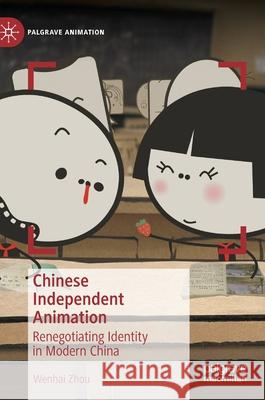Chinese Independent Animation: Renegotiating Identity in Modern China » książka
topmenu
Chinese Independent Animation: Renegotiating Identity in Modern China
ISBN-13: 9783030406967 / Angielski / Twarda / 2020 / 222 str.
Chinese Independent Animation: Renegotiating Identity in Modern China
ISBN-13: 9783030406967 / Angielski / Twarda / 2020 / 222 str.
cena 362,27
(netto: 345,02 VAT: 5%)
Najniższa cena z 30 dni: 346,96
(netto: 345,02 VAT: 5%)
Najniższa cena z 30 dni: 346,96
Termin realizacji zamówienia:
ok. 22 dni roboczych
Dostawa w 2026 r.
ok. 22 dni roboczych
Dostawa w 2026 r.
Darmowa dostawa!
Kategorie:
Kategorie BISAC:
Wydawca:
Palgrave MacMillan
Seria wydawnicza:
Język:
Angielski
ISBN-13:
9783030406967
Rok wydania:
2020
Wydanie:
2020
Numer serii:
000881573
Ilość stron:
222
Waga:
0.46 kg
Wymiary:
21.01 x 14.81 x 1.75
Oprawa:
Twarda
Wolumenów:
01
Dodatkowe informacje:
Wydanie ilustrowane











